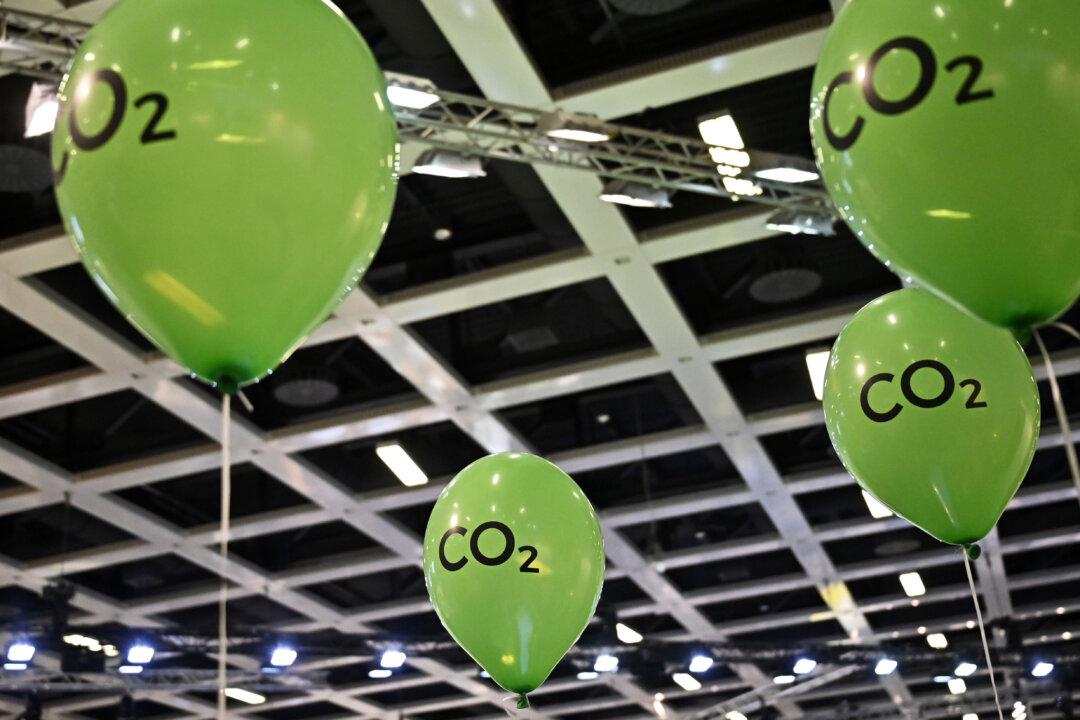Commentary
A new study published in the peer-reviewed journal Environmental Economics and Policy Studies reports the social benefits of carbon dioxide emissions are likely to exceed costs for at least the next 30 years. The finding demonstrates the ridiculousness of alarmists claiming a climate crisis gives us only 10 years—or whatever small amount of time is in vogue on this particular day—to save the planet.



